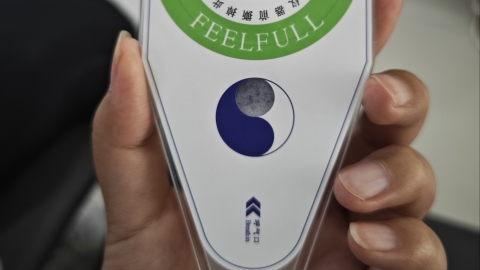How to self-test for Helicobacter pylori
Generally, common methods for self-testing Helicobacter pylori at home mainly include urea breath test kits, fecal antigen test kits, oral Helicobacter pylori test strips, symptom observation methods, and family shared-meal history screening methods. Detailed analysis is as follows:

1. Urea Breath Test Kit: These self-testing kits determine infection by detecting the products of urease breakdown in exhaled breath. The test requires fasting for 4-6 hours beforehand. Follow the instructions to take reagents containing labeled urea, then sit quietly for a period before exhaling into the test card.
2. Fecal Antigen Test Kit: This method detects Helicobacter pylori antigens in stool samples to determine infection. A small stool sample is collected and processed using the reagents provided in the kit. Results are available within 15-20 minutes. This method is convenient and fast, and does not require fasting.
3. Oral Helicobacter pylori Test Strip: This method assists in determining infection by detecting bacterial antigens in oral secretions. During testing, the strip is used to wipe the inner oral mucosa, and color changes are observed after a period of rest. The procedure is simple, fast, and can be quickly completed at home.
4. Symptom Observation Method: Helicobacter pylori infection may cause discomfort such as stomach bloating, acid reflux, stomach pain, belching, and bad breath. Initial judgment can be made by observing whether these symptoms persist over a long period. If symptoms occur frequently, especially bloating after meals, significant morning bad breath, and persist for more than two weeks, there may be an infection risk.
5. Family Shared-Meal History Screening Method: Helicobacter pylori can spread through shared meals. If family members have already been diagnosed with infection and communal dining practices, such as not using serving chopsticks or spoons, were followed during shared living, your risk of infection increases. Assessing shared dining habits, such as whether tableware is frequently shared and frequency of group dining, can assist in evaluating the likelihood of infection.
In daily life, attention should be paid to food hygiene, avoiding undercooked food and drinking untreated water. It is recommended that families adopt separate dining practices to reduce the risk of cross-infection. If infection is suspected after self-testing, seek professional testing at a hospital promptly, and proceed with targeted management once the condition is confirmed.








